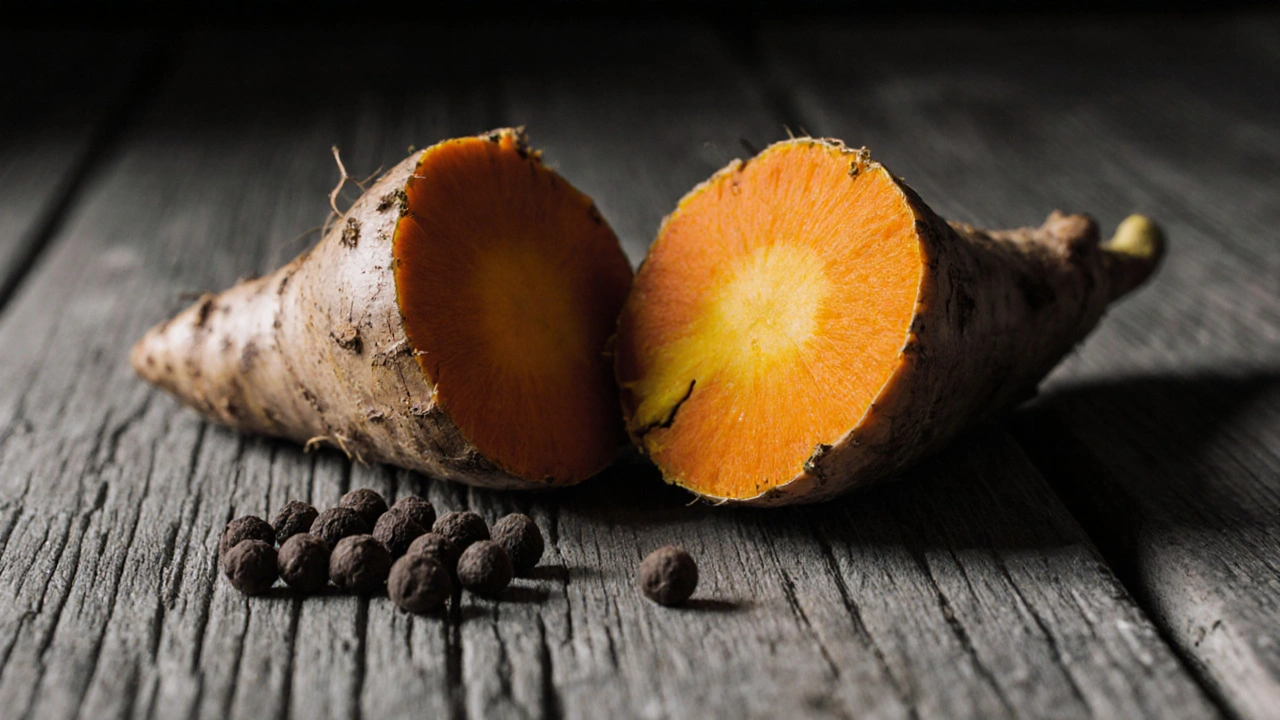Haridra vs Curcumin: What’s the Difference?
When comparing Haridra vs curcumin, it’s useful to know the exact parts we’re talking about. Haridra vs curcumin, the side‑by‑side look at the whole Indian spice Haridra (turmeric) and its isolated compound curcumin shows a clear split: Haridra is the dried root you grind into a powder, while curcumin is the bright yellow molecule extracted for supplements. Also called turmeric, the rhizome that contains fiber, essential oils and several curcuminoids, it delivers a mix of compounds that act together. In contrast, curcumin, the principal polyphenol credited with most of turmeric’s health claims is taken in higher doses, but often needs help to be absorbed by the body.
One of the biggest reasons people pick one over the other is the anti‑inflammatory, property that reduces swelling and pain in joints and tissues effect. Whole Haridra delivers this benefit through a blend of curcuminoids, volatile oils and micronutrients, creating a gentle, sustained response. Pure curcumin, on the other hand, can hit the inflammation pathways harder because you’re delivering a concentrated dose of the active molecule. That means you might see quicker relief with a curcumin supplement, but the whole spice may offer a more balanced effect over the day, especially for people who are sensitive to high concentrations.
Absorption is the next hurdle. Curcumin’s natural bioavailability, the fraction of a nutrient that reaches the bloodstream is notoriously low – the body breaks it down before it can do much. That’s why many formulas add piperine from black pepper or use liposomal delivery to boost uptake. When you eat Haridra as part of a meal, the fat in the dish and the presence of other turmeric compounds improve its bioavailability enough for everyday use. If you rely on a capsule, look for “enhanced‑absorption” labels; otherwise, you may need to pair it with a small amount of healthy oil or pepper to get the most out of the supplement.
Safety isn’t a mystery, but the two forms have slightly different profiles. Whole Haridra is generally well‑tolerated in culinary amounts and even in higher therapeutic doses, though excessive use can irritate the stomach. Curcumin supplements are safe for most adults at recommended doses, yet they can interact with blood‑thinners, antacids and certain diabetes medications. Always talk to a pharmacist or doctor before starting a high‑dose curcumin regimen, especially if you’re on prescription drugs. Knowing the distinction helps you avoid unexpected side effects while getting the right level of support for your health goals.
So where does each option fit in real life? If you’re looking for a daily spice that adds flavor, supports digestion and gives a mild anti‑inflammatory push, cooking with Haridra is the easiest route. For targeted joint relief, skin health or a concentrated antioxidant boost, a high‑quality curcumin supplement with proven bio‑enhancers may be the better choice. Both can be part of a balanced routine – just match the form to the purpose, dose wisely, and monitor how your body responds.
Below you’ll find a curated set of articles that dive deeper into specific comparisons, buying guides and safety tips. Whether you’re curious about supplement quality, dosage strategies, or the science behind turmeric’s health claims, the collection ahead gives you practical insights to make an informed decision.
Haridra vs Alternatives: In‑Depth Ayurvedic Supplement Comparison
A detailed comparison of Haridra (turmeric) with top Ayurvedic alternatives, covering benefits, bioavailability, side effects, and how to choose the right supplement.

